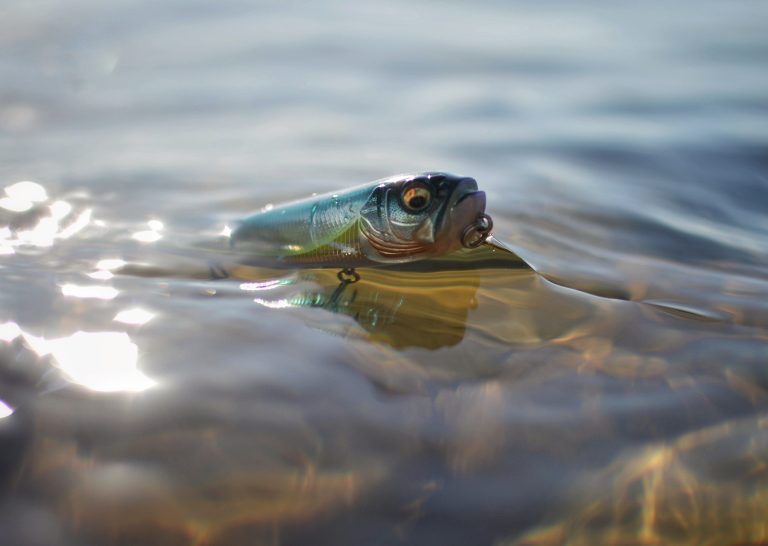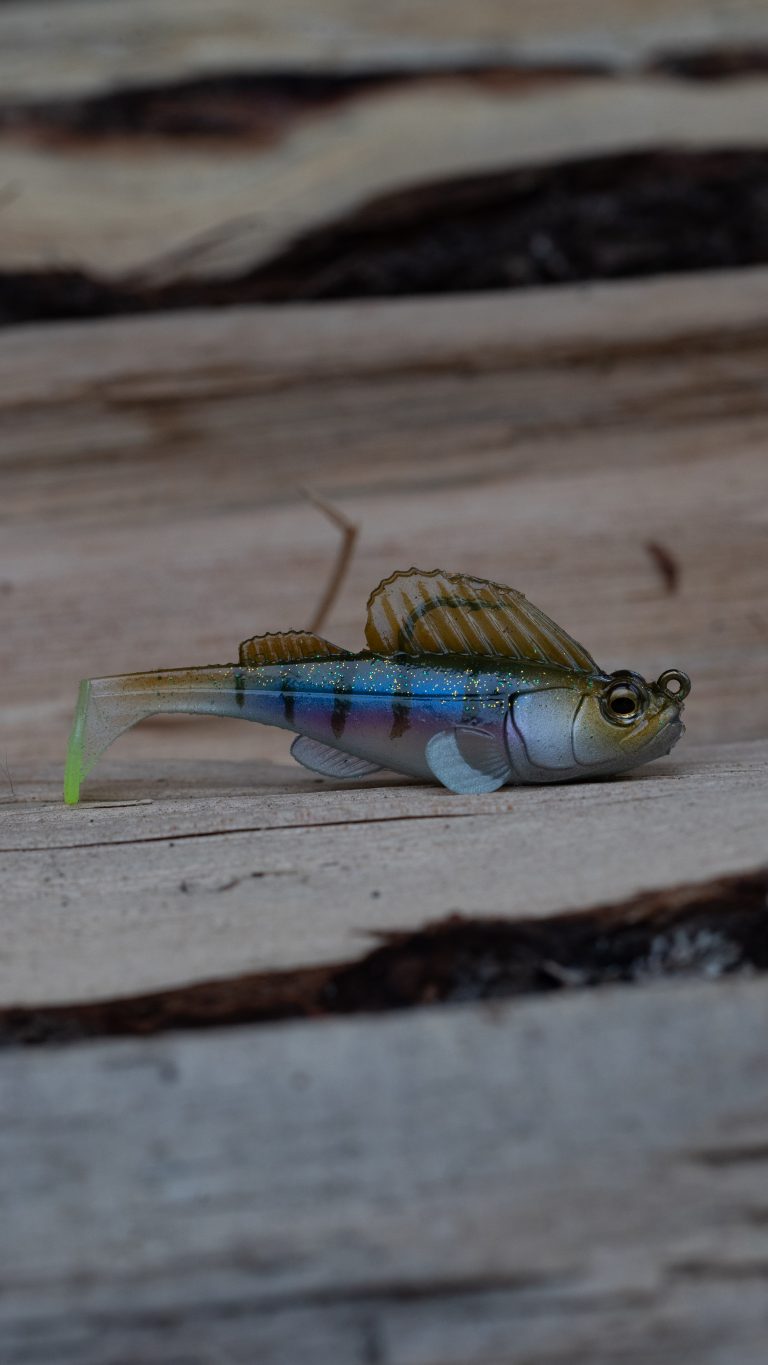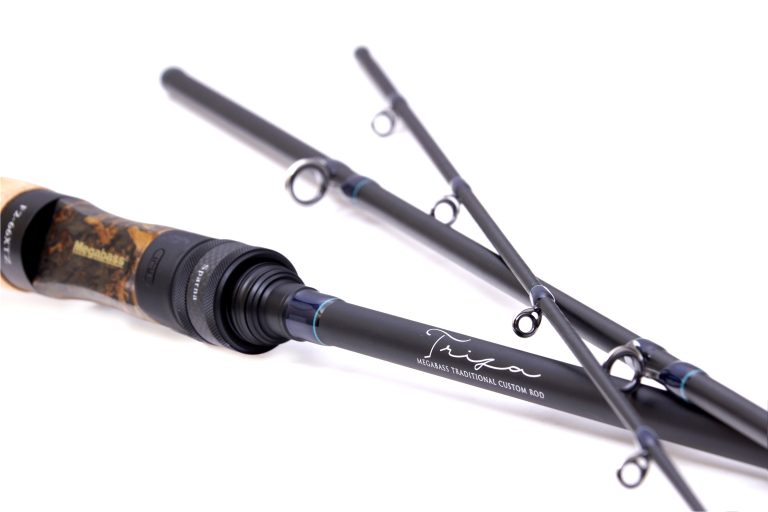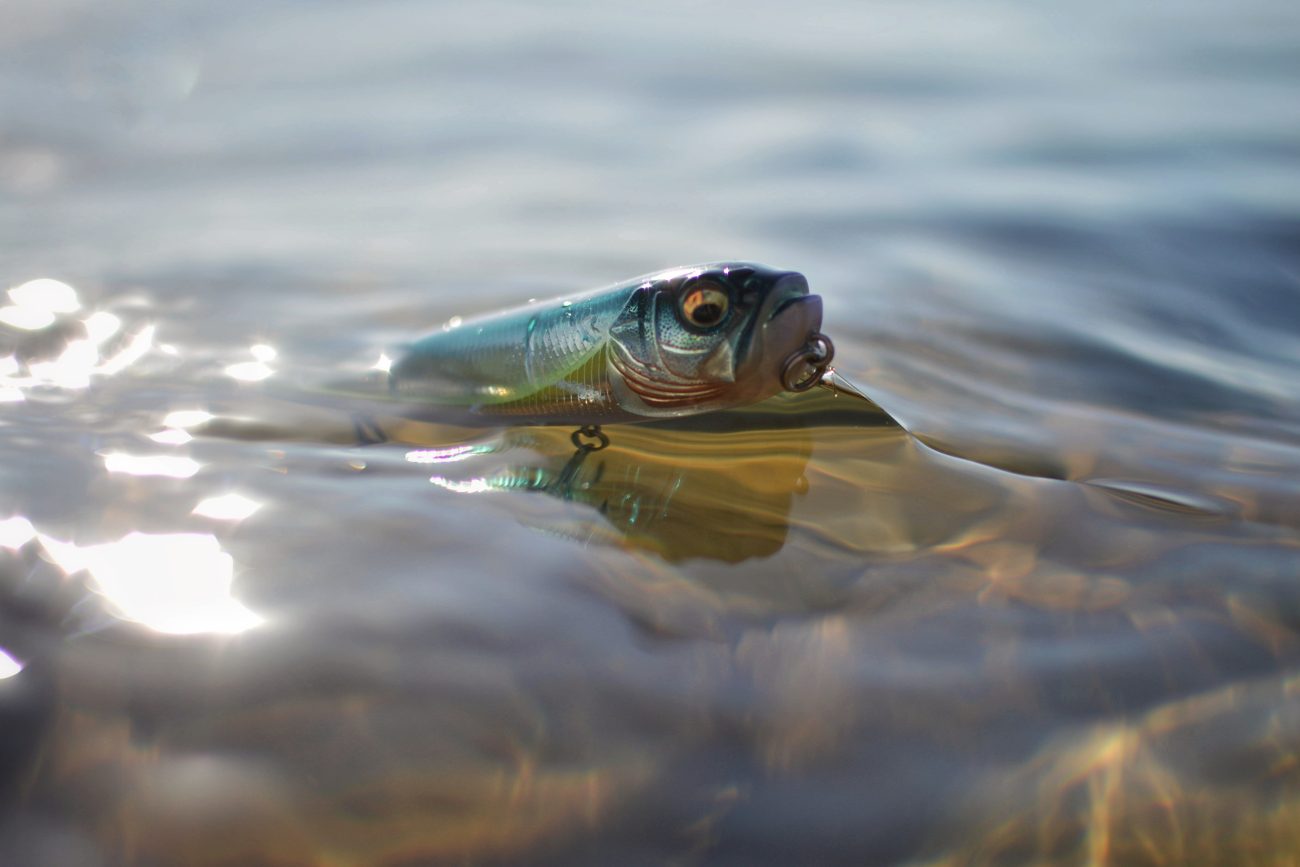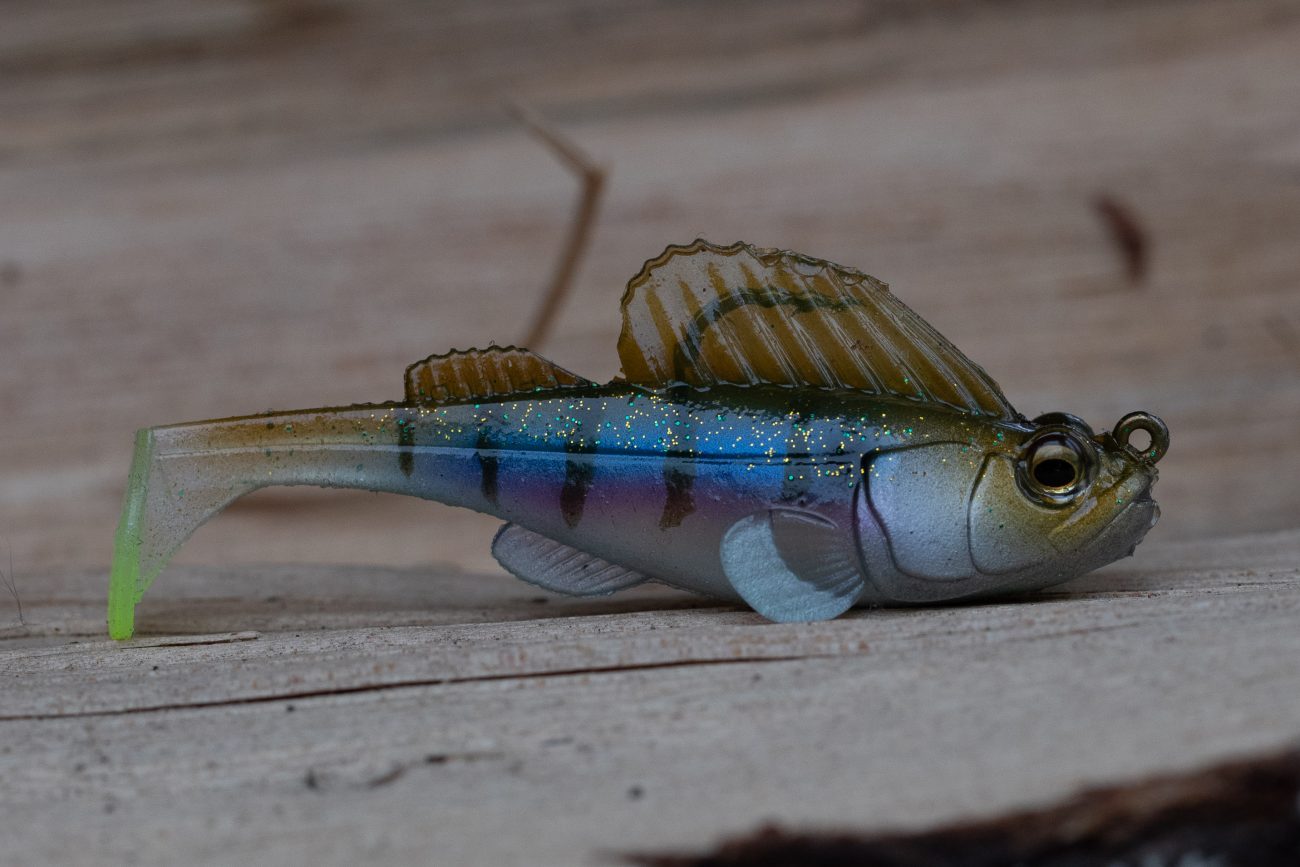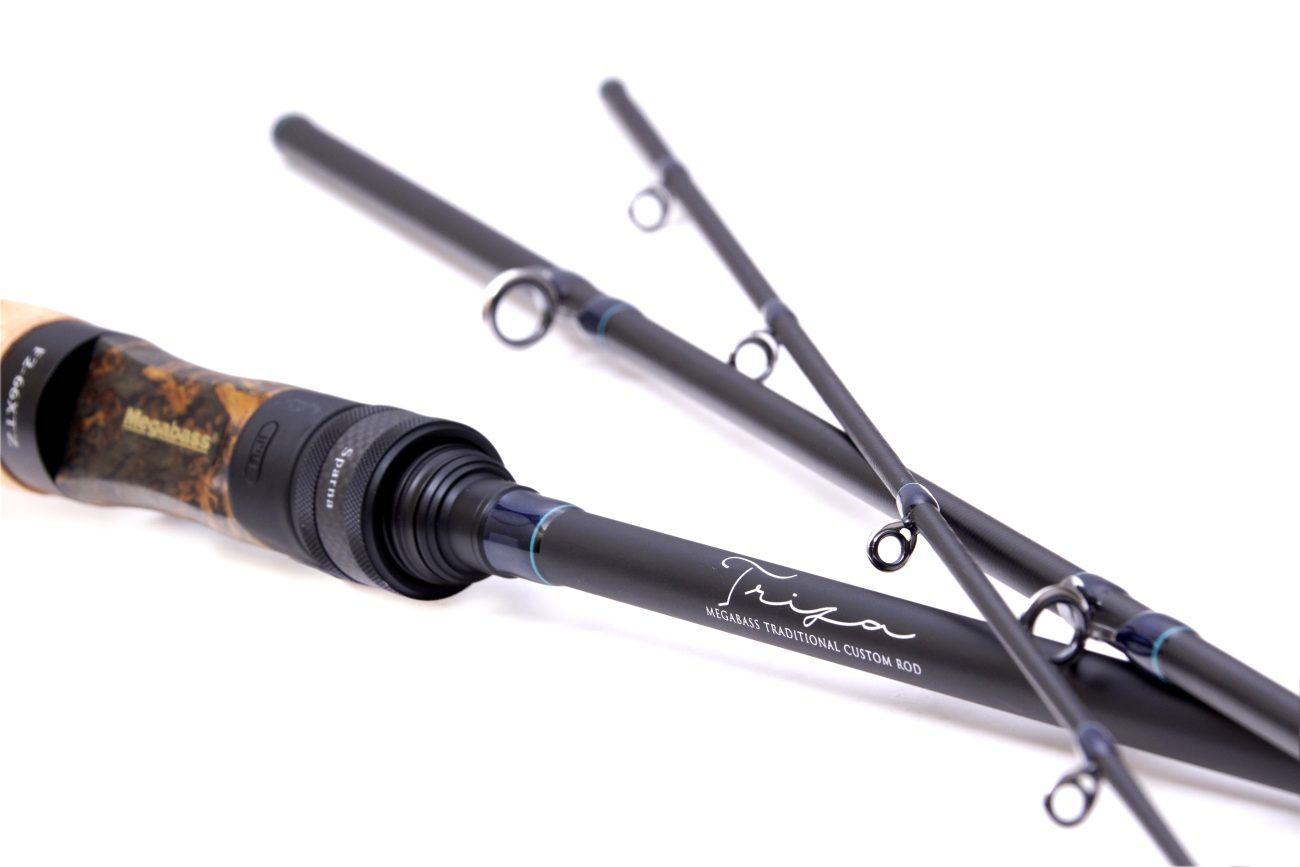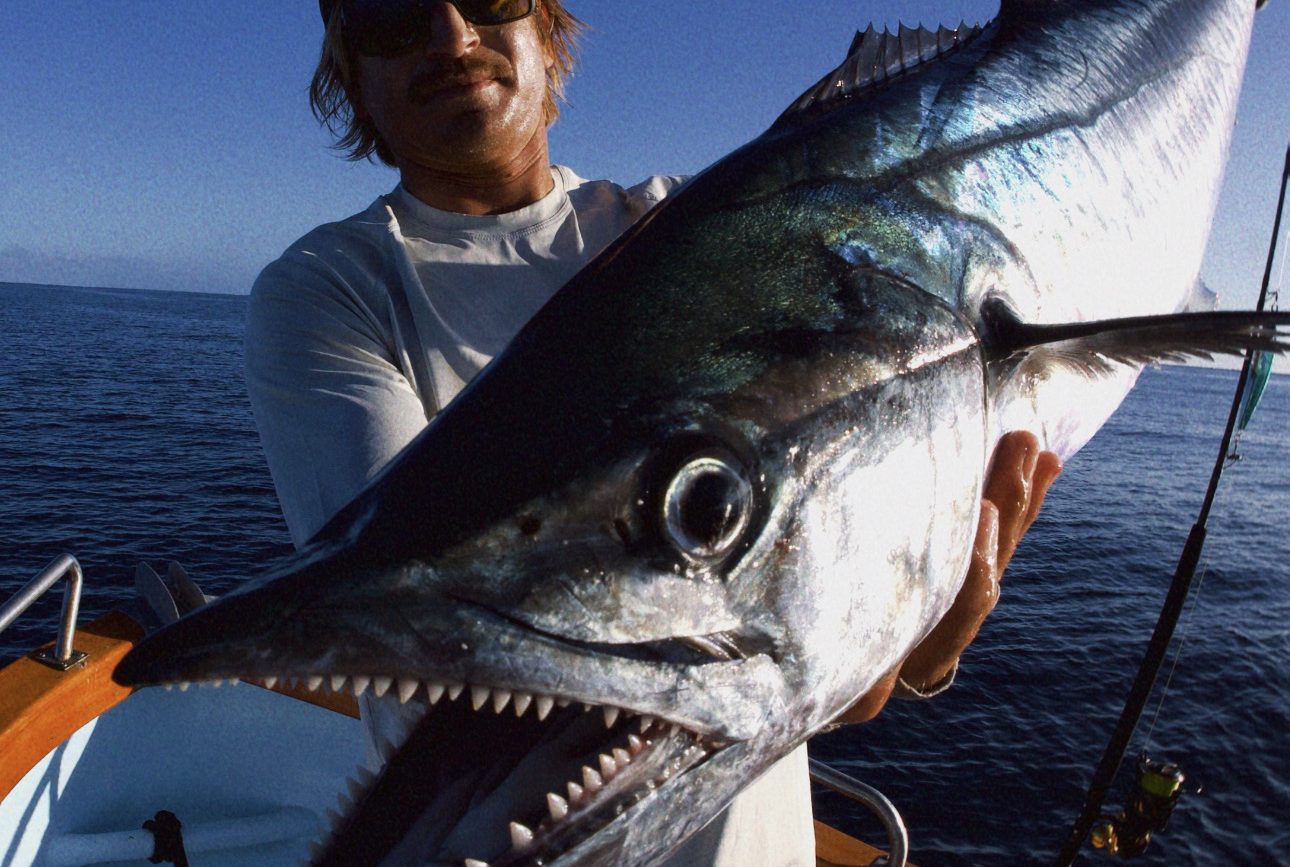One of the biggest mistakes I’ve seen many anglers make is that they get locked into throwing only a standard-size jerkbait like the Vision 110. If they fish it for a while without any success, many simply make the determination that the bass simply aren’t biting jerkbaits that particular day. Often just switching the size will fill your livewells. That’s why smaller jerkbaits are a major player in my arsenal. My favorites include the Megabass X-80, Vision 110 Jr., Live-X Margay and X-70. Each of these smaller profile jerkbaits have a specific situation in which they excel. One of the main reasons that I like the smaller profiles is the fact that on most lakes in the U.S. the fish see the Vision 110 and similarly sized baits all the time.
For example, last week I spent four days fishing Table Rock Lake, one of the most famous Ozark jerkbait lakes. Word was that the jerkbait bite was off. It turned out that nothing could have been further from the truth. I knew that the fish had seen lots of Vision 110’s over the past few months, so I switched up to the Margay and the X-70 and began hammering them. It’s important to remember as anglers that fish will get conditioned to certain baits very quickly.
Choosing the right size jerkbait profile is critical. The decision depends on a wide variety of considerations including water clarity, temperature, forage size and the lake itself. Here is a basic rule on specific jerkbait selection I’ve developed over the years that makes the process a little bit easier:
- Vision Oneten Jr: This bait will run about 2 feet shallower than the standard 110, and excels when the water temperature is on its initial decline, into the low-to-mid 50’s range. Given its shallower running depth, it is also more productive with water visibilities of 2-3 feet, as this will put the bait into that 3-5 feet strike zone. Since I’m often fishing the 110 Jr. in a bit more stained water, I’ll often use 8lb. test fluorocarbon instead of 6lb. Also, this bait is particularly effective around boat dock corners in mid to late fall.
- X-80 Trick Darter: The great thing about the X-80 is that it has a small profile, yet will attain depths equal to or greater than the Vision 110. Even though it is shorter than the Vision 110, it has bulk, which makes it easy to cast efficiently and provides a substantial meal for a bass. The X-80 is at its best in very clear water (over 7 feet visibility) and in lakes with large spotted bass populations.
- Live-X Margay: This is one of my favorite small jerkbaits when the water temperature is between 40 and 65 degrees. The main thing to remember about the Margay is that it excels in conditions where the water visibility is 2-3 feet, especially on lakes with a primary threadfin shad forage base. I fish the Margay on an Orochi XX Whipsnake rod with 6 lb. test line.
- X-70: A great choice where the water has a bit more color to it (2-3 feet visibility) and the water temperature is above 50 degrees. It tends to be the first jerkbait the fish will hit at they begin to suspend shallower, before moving to the traditional jerkbait depths of 10-20 feet. I also fish the X-70 on the Orochi XX Whipsnake rod with 6 lb. test line.
One of the keys to fishing smaller jerkbaits is that you should impart different rod action than you do with the standard profile models. The biggest mistake I seen anglers make when first fishing a smaller jerkbait is that they tend to overwork the lure.
Smaller jerkbaits require much less rod snap to get them to attain depth and the proper action. I suggest reeling the bait 10 or 12 cranks and then begin your twitch/pause rhythm with about half the force you use with traditional jerkbaits. Not only will this get more strikes, but it will prevent the lure from “rolling” on its side, which is a common problem that causes you to lose depth when overworking smaller profile jerkbaits.
Rod and line selections are also critical. I realize that many anglers simply don’t like to fish anything but a dropshot on a spinning rod, but these smaller profile jerkbaits truly shine with spinning tackle. I prefer the OROCHI XX Whipsnake, for both the rod length and tip action — 6’11 is the magical length for the best jerkbait rod. This allows for a combination of casting length and rod manipulation. The soft tip of the Whipsnake allows for subtle action and also enables you to land you a lot more fish, since many jerkbait bites come when you initially snap the rod tip after a pause. This flex will allow the fish to take the bait a bit deeper.
Try and stay with 6 lb. test fluorocarbon line. There is a huge difference between 6 and 8-pound test, as 6lb will get you nearly 2 feet more depth than 8 and up to an additional 30 feet on your casts.
Many anglers I fish with say “I can go to 8, but I’m not comfortable with 6” — they say that until I start hammering them with 6 lb. test, then quickly make the change. I’ve landed stripers up to 35 pounds (after a long, hard fight, of course!) on 6 lb. test, so don’t be afraid to drop down when it makes a difference.
The ideal situation to choose a smaller jerkbait covers several things. I prefer them: on lakes with big populations of threadfin shad or blueback herring; heavily-fished lakes; lakes that don’t have Florida-strain largemouth; and at times of year when the threadfin shad and blueback herring are under 2 inches long.
I suggest that all serious jerkbait anglers begin adding the smaller profile models into their arsenal. In my jerkbait fishing experience, I’ve learned to always have one or two of them tied on even when I expect more traditionally-sized jerkbaits to be in play – sometimes it’s a huge difference maker.

